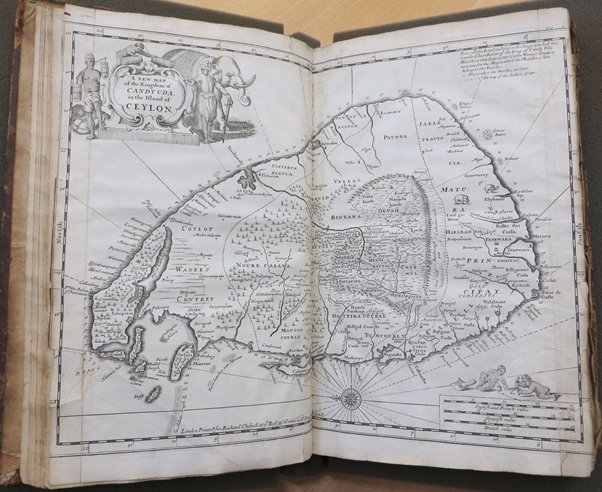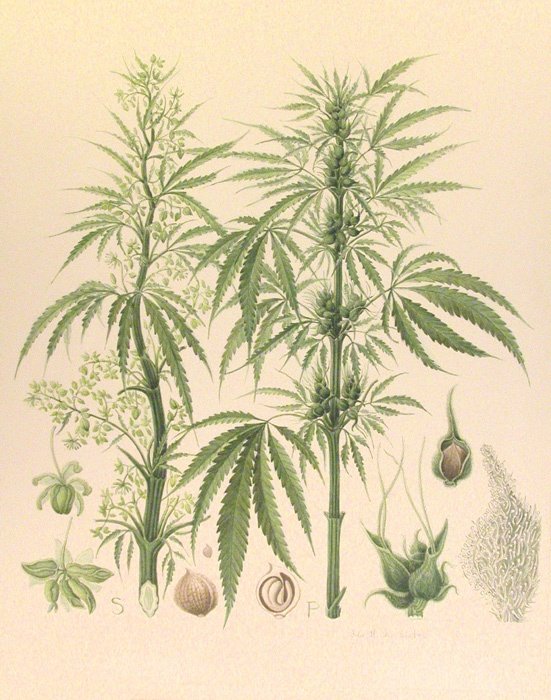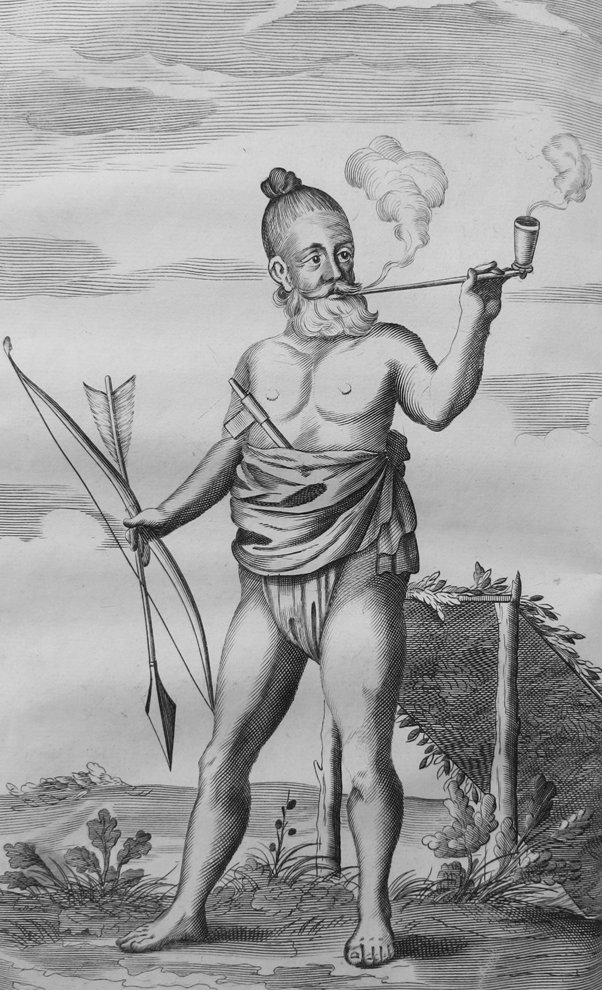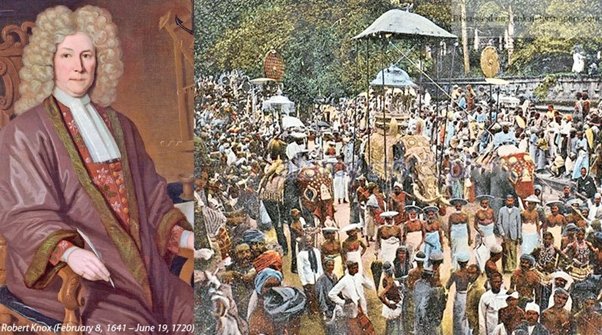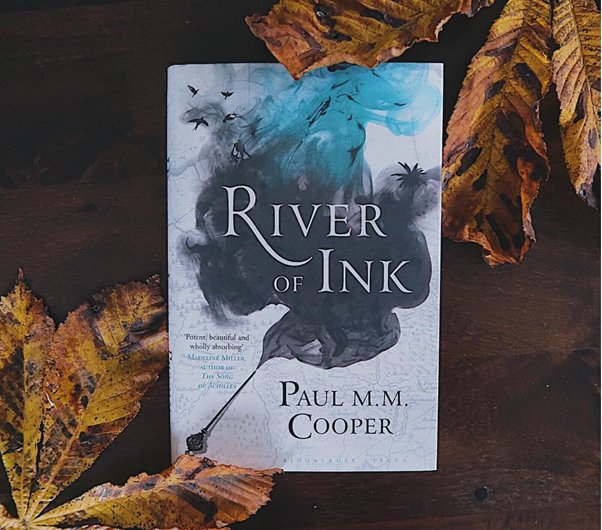One of the most incredible stories I came across while researching my first book was that of Robert Knox.
Knox was shipwrecked in 1659 on the island of Ceylon (modern-day Sri Lanka).
He was a captive there for 19 years before escaping & writing a book about his experience.
Knox was shipwrecked in 1659 on the island of Ceylon (modern-day Sri Lanka).
He was a captive there for 19 years before escaping & writing a book about his experience.
Robert Knox was just 14 years old in 1655 when he first joined his sea captain father on their ship, the Anne, for a voyage to India.
At the age of 18, on a voyage to Persia, their ship ran into a storm that destroyed its mast & forced them to beach on the Ceylonese coast.
At the age of 18, on a voyage to Persia, their ship ran into a storm that destroyed its mast & forced them to beach on the Ceylonese coast.
The coast of Ceylon was then controlled almost exclusively by Dutch colonial powers.
However, the stranded sailors were discovered beneath a tamarind tree by a patrolling troop of soldiers loyal to King Rajasinghe II, who ruled Ceylon’s inland Kandyan Kingdom.
However, the stranded sailors were discovered beneath a tamarind tree by a patrolling troop of soldiers loyal to King Rajasinghe II, who ruled Ceylon’s inland Kandyan Kingdom.
Knox & his father, along with 16 of their crew, were taken inland & into the mountains, where the Kandyan King held his court.
King Rajasinghe was suspicious of the Europeans’ intentions, thinking them spies. He ordered the Knoxes to be held captive along with 16 of their crew.
King Rajasinghe was suspicious of the Europeans’ intentions, thinking them spies. He ordered the Knoxes to be held captive along with 16 of their crew.
Knox & the other sailors were forbidden from leaving the kingdom. Otherwise, they were treated fairly, & some eventually chose to enter the king’s service.
Although Knox refused to work for the king, he was still permitted to become a farmer & make a living.
Although Knox refused to work for the king, he was still permitted to become a farmer & make a living.
Knox lived with his father in a bare dwelling, "an open house, having only a roof but no walls" at Bandaracoswatte, a village thirty miles from Kurunegala.
Many of the captive sailors suffered terribly from malaria. In 1661, after a long illness, Knox’s father died in captivity.
Many of the captive sailors suffered terribly from malaria. In 1661, after a long illness, Knox’s father died in captivity.
"The evening before his death", writes Knox, "he called men to come near his bedside, & to sit down by him, at which time I had a strong fever upon me... His life departing from him... God would deliver him out of his captivity."
Knox continued on alone. He learned to speak the Sinhala language fluently, learned to farm, built himself a house & knitted wool hats to sell.
He was struck by the rich variety of idioms & saying used by the Sinhala people, some of which he noted down.
He was struck by the rich variety of idioms & saying used by the Sinhala people, some of which he noted down.
"I had read my two books so often over", he says, "that I had them almost by heart. For my custom was after dinner to take a book & go into the fields & sit under a tree, reading & meditating until evening; except the days when my ague came, & then I could scarce hold up my head"
Knox filled his time making observations & sketches, with a keen eye. He made detailed descriptions of farming methods, traditional dress, rituals & folk beliefs of the people he lived among.
Knox mentions a particular punishment reserved for men who didn’t pay their debts: they would be given a stone to carry around on their back, until they had paid up.
“And if he doth not pay, they load him with more Stones, until his compliance prevent further pains.”
“And if he doth not pay, they load him with more Stones, until his compliance prevent further pains.”
Knox also commented on some of the more lurid details of life in an early modern kingdom: for instance, impalement as a punishment for treason, & the use of elephants to execute criminals.
He also commented on a more playful use of these animals:
“The Keepers of the Kings Elephants sometimes make a sport with them after this manner. They will command an Elephant to take up water... till they command him to squirt it out at somebody, which he immediately will do”
“The Keepers of the Kings Elephants sometimes make a sport with them after this manner. They will command an Elephant to take up water... till they command him to squirt it out at somebody, which he immediately will do”
Finally, after 19 years of captivity in Ceylon, Knox & the last remaining crew member saw on opportunity to make an escape.
They fled the Kandyan Kingdom & succeeded in reaching a Dutch fort on the coast.
They fled the Kandyan Kingdom & succeeded in reaching a Dutch fort on the coast.
The Dutch there were apparently surprised to see "white men in Chingulay [Sinhala] habit", & amazed at Knox& #39;s tale.
They organised a ship to take Knox home. On the voyage, he feverishly wrote down a book about his time in Ceylon: "An Historical Relation of the Island Ceylon".
They organised a ship to take Knox home. On the voyage, he feverishly wrote down a book about his time in Ceylon: "An Historical Relation of the Island Ceylon".
The “Historical Relation” was published in 1681, and became an immediate sensation.
It was a major influence on the English novel. Daniel Defoe’s Robinson Crusoe & the later Captain Singleton both draw on the experiences of Knox, as did Jonathan Swift’s Gulliver’s Travels.
It was a major influence on the English novel. Daniel Defoe’s Robinson Crusoe & the later Captain Singleton both draw on the experiences of Knox, as did Jonathan Swift’s Gulliver’s Travels.
There& #39;s one final odd detail.
Upon his return, Knox also presented his friend Robert Hooke with samples of “a strange intoxicating herb like hemp” which he dubbed “Indian hemp” or “Bangue“.
The herb was cannabis, & Knox was the first European to describe its effects.
Upon his return, Knox also presented his friend Robert Hooke with samples of “a strange intoxicating herb like hemp” which he dubbed “Indian hemp” or “Bangue“.
The herb was cannabis, & Knox was the first European to describe its effects.
Hooke later gave a lecture in 1689, commending the possible curative properties of cannabis & noting that Knox “has so often experimented it himself, that there is no Cause of Fear, tho’ possibly there may be of Laughter.”
Knox’s story is widely forgotten today, but it was an incredible early example of cross-cultural exchange. It influenced English literature & changed how people thought about other cultures & other worlds.
Today, the tamarind tree under which Knox was captured is a monument.
Today, the tamarind tree under which Knox was captured is a monument.
Like Gulliver, it was impossible to keep Knox onshore.
After his return to Britain, he returned to sea many times. Before he retired, he made altogether seven trips to the East. He was nearly 80 when he died.
After his return to Britain, he returned to sea many times. Before he retired, he made altogether seven trips to the East. He was nearly 80 when he died.
That’s all for now! Thanks for listening.
You can read the whole of Knox’s “Historical Relation” in plaintext on Project Gutenberg: #d0e4261">http://www.gutenberg.org/files/14346/14346-h/14346-h.htm #d0e4261
Or">https://www.gutenberg.org/files/143... the original text scanned into Google Books if you prefer: #v=onepage&q&f=false">https://books.google.co.uk/books?id=yFpTAAAAcAAJ&printsec=frontcover&dq=robert+knox+an+historical+relation+of+ceylon&hl=en&sa=X&ved=0ahUKEwjF5Pqe7YnZAhUlIMAKHZEUATYQ6AEIKTAA #v=onepage&q&f=false">https://books.google.co.uk/books...
You can read the whole of Knox’s “Historical Relation” in plaintext on Project Gutenberg: #d0e4261">http://www.gutenberg.org/files/14346/14346-h/14346-h.htm #d0e4261
Or">https://www.gutenberg.org/files/143... the original text scanned into Google Books if you prefer: #v=onepage&q&f=false">https://books.google.co.uk/books?id=yFpTAAAAcAAJ&printsec=frontcover&dq=robert+knox+an+historical+relation+of+ceylon&hl=en&sa=X&ved=0ahUKEwjF5Pqe7YnZAhUlIMAKHZEUATYQ6AEIKTAA #v=onepage&q&f=false">https://books.google.co.uk/books...
Also if you enjoyed this look at ancient Sri Lanka & you’re looking for something to read, you might also pick up a copy of my novel River of Ink, where most of this research ended up. Thanks for reading!
http://www.paulmmcooper.com/ ">https://www.paulmmcooper.com/">...
http://www.paulmmcooper.com/ ">https://www.paulmmcooper.com/">...
Thanks for reading! If you enjoyed this, I& #39;ve gathered together some threads on other interesting historical moments & artefacts here: https://twitter.com/PaulMMCooper/status/965569818526142465">https://twitter.com/PaulMMCoo...

 Read on Twitter
Read on Twitter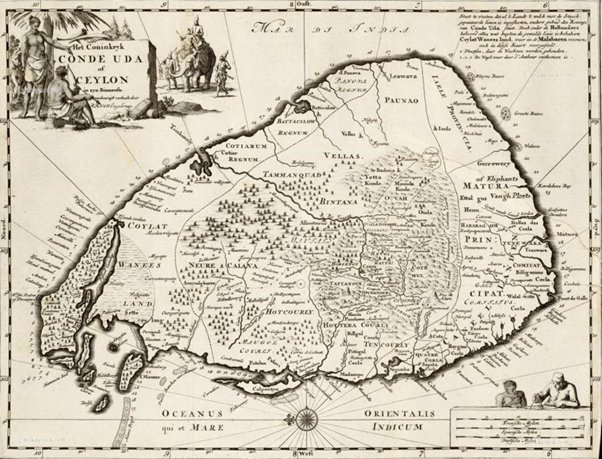
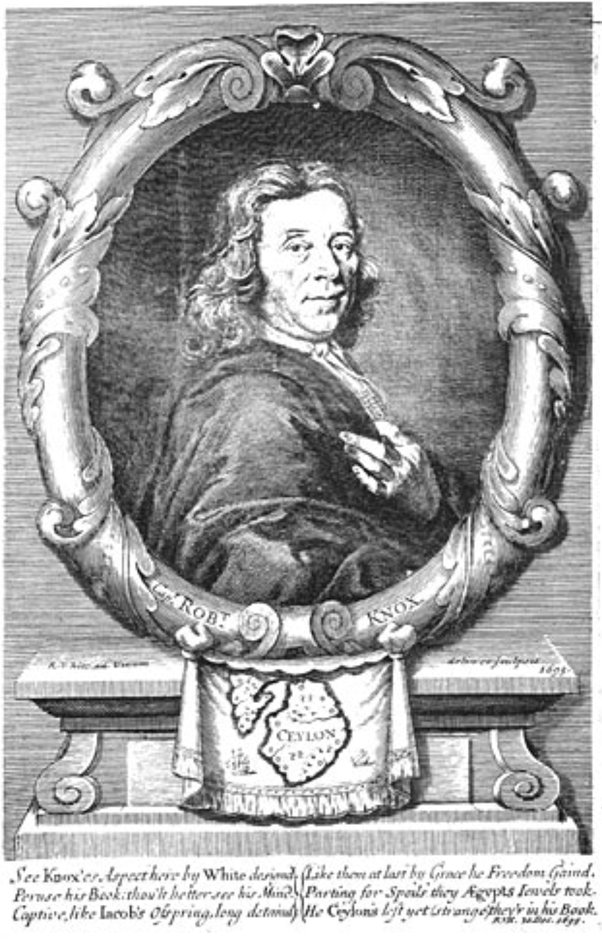
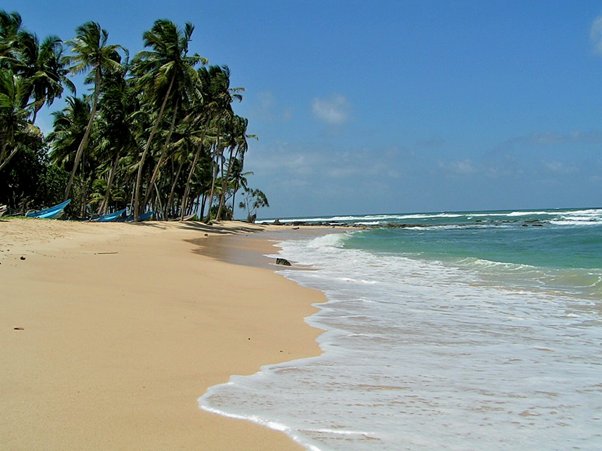
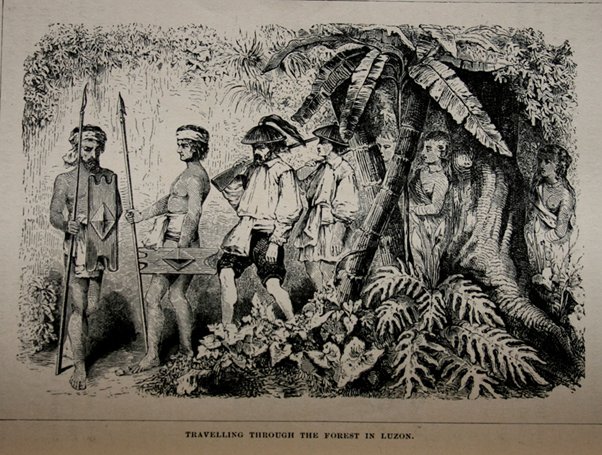
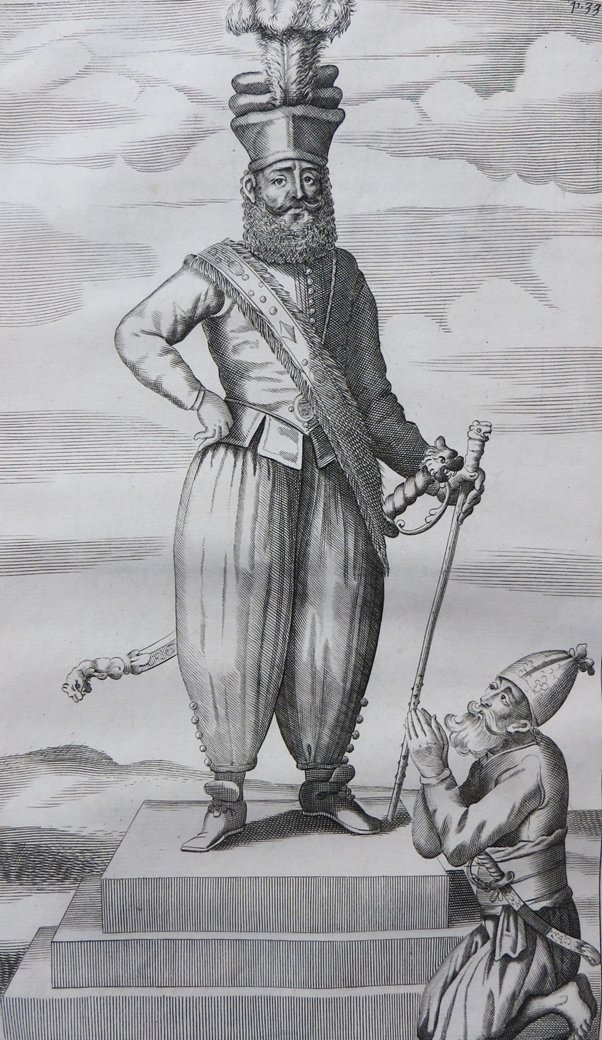
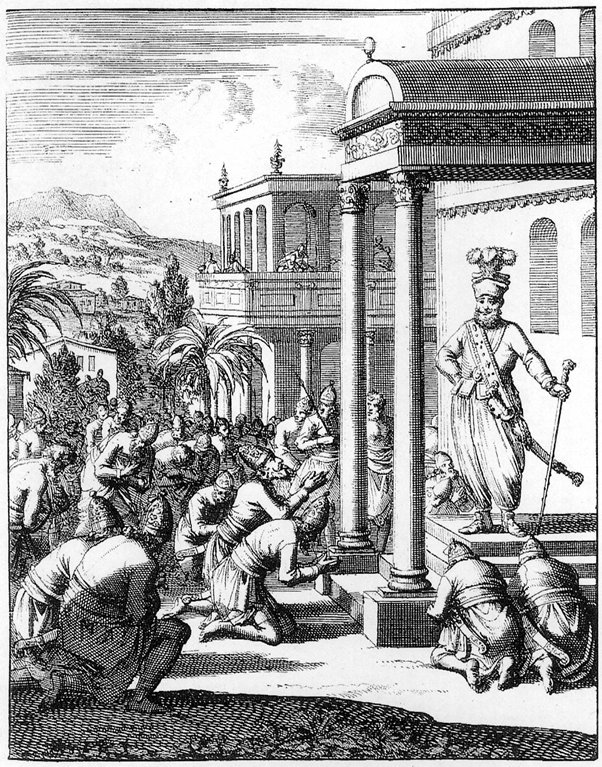
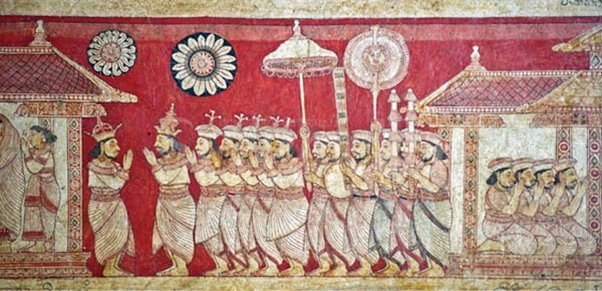
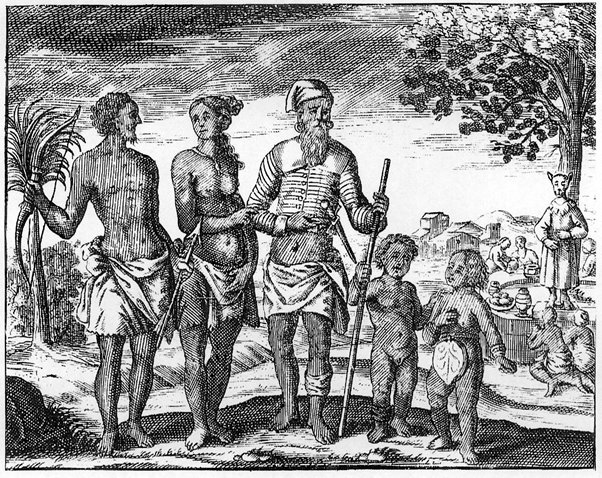
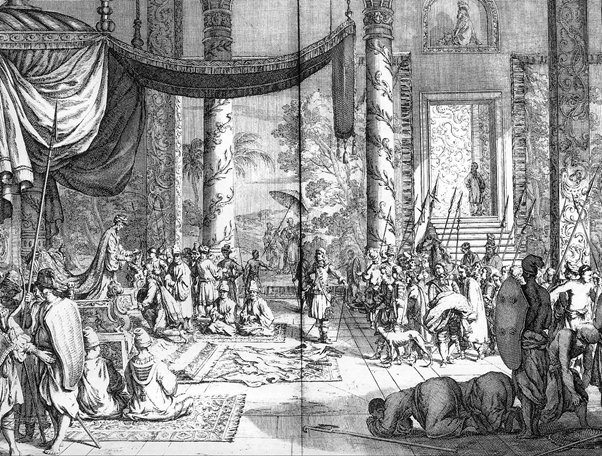
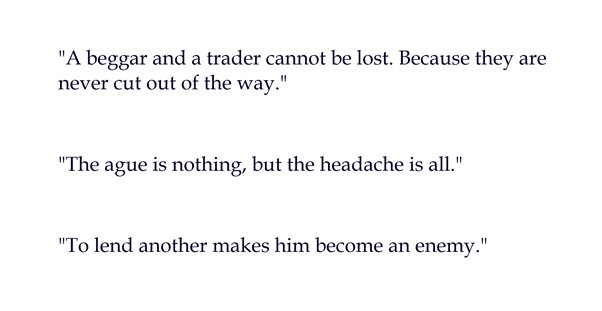
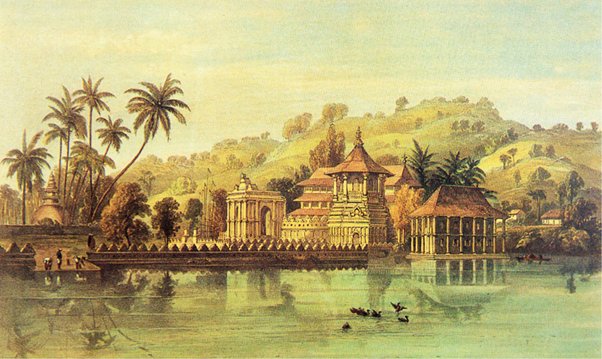
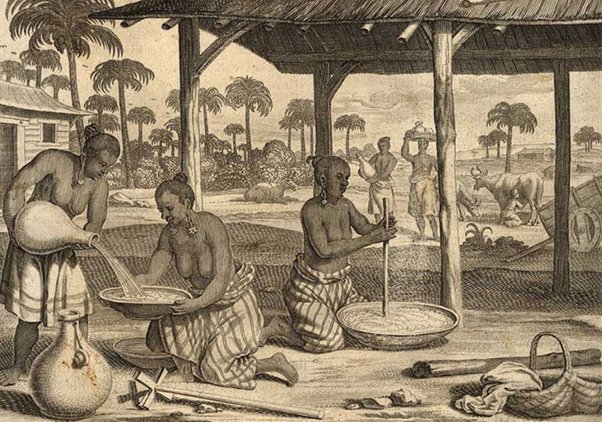
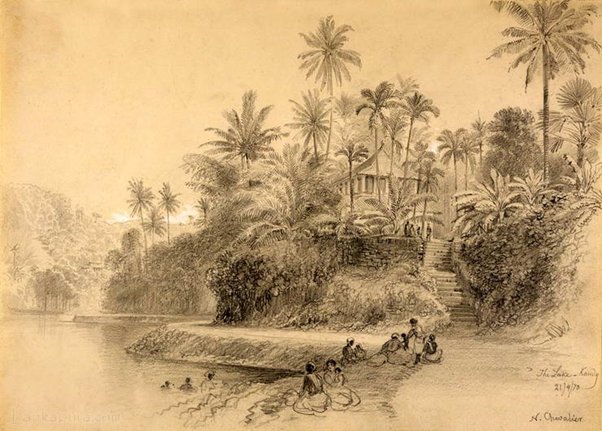
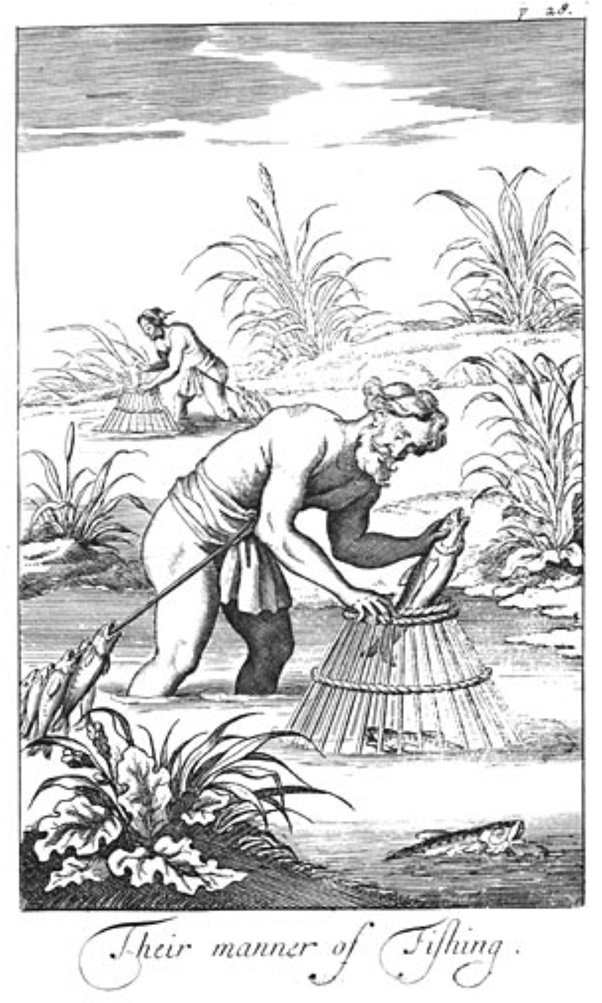
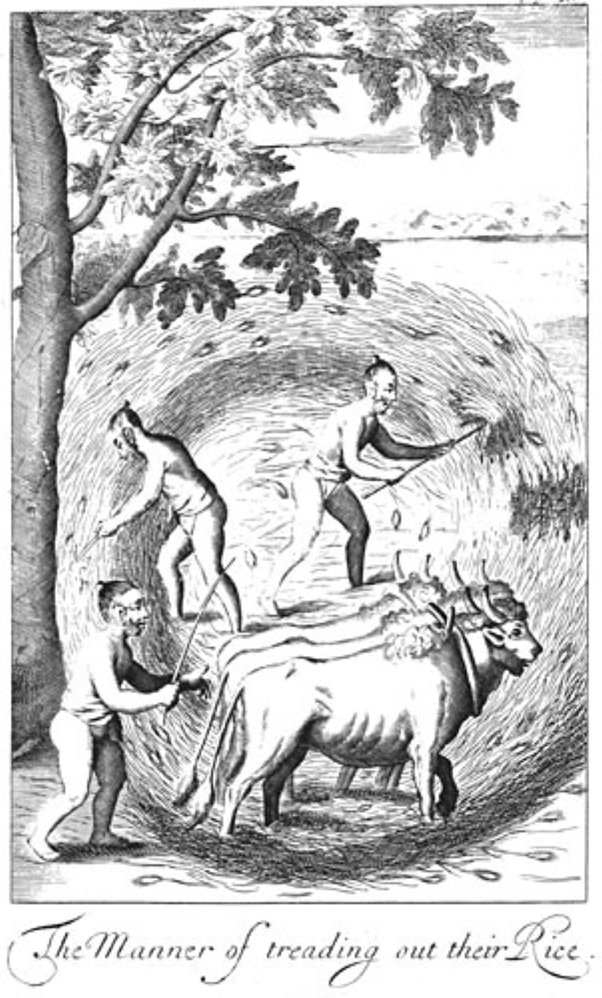
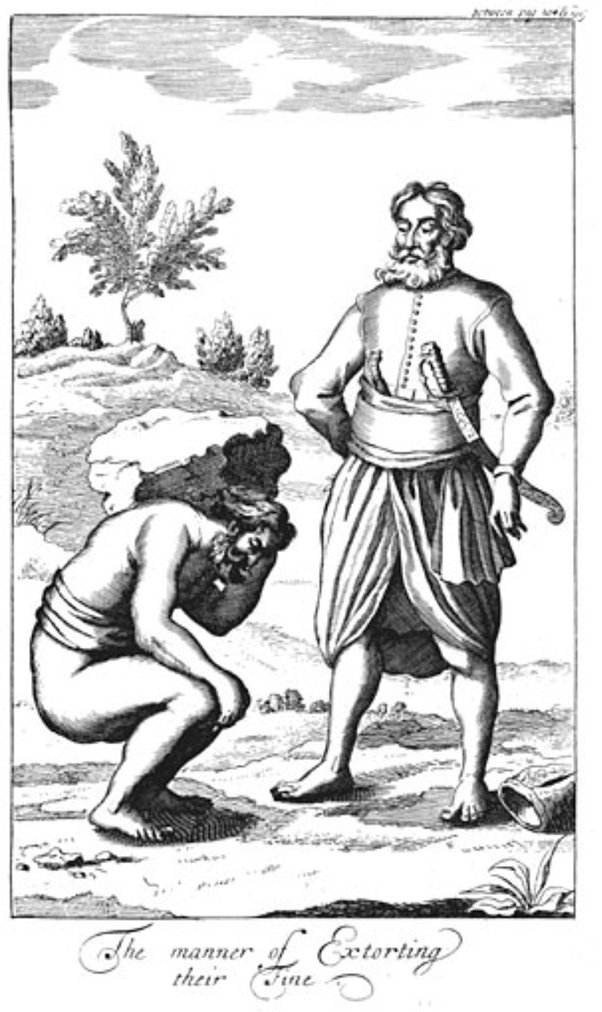
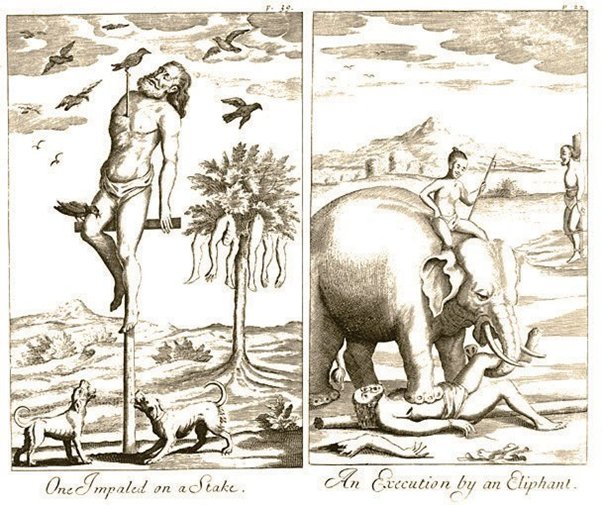
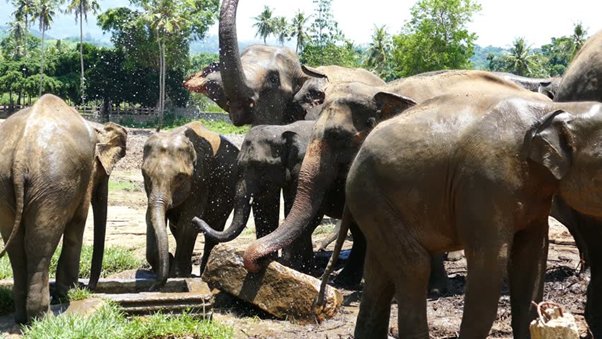
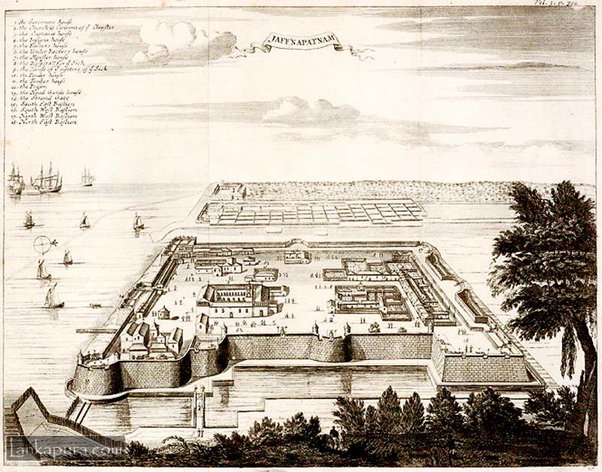
![The Dutch there were apparently surprised to see "white men in Chingulay [Sinhala] habit", & amazed at Knox& #39;s tale.They organised a ship to take Knox home. On the voyage, he feverishly wrote down a book about his time in Ceylon: "An Historical Relation of the Island Ceylon". The Dutch there were apparently surprised to see "white men in Chingulay [Sinhala] habit", & amazed at Knox& #39;s tale.They organised a ship to take Knox home. On the voyage, he feverishly wrote down a book about his time in Ceylon: "An Historical Relation of the Island Ceylon".](https://pbs.twimg.com/media/DVHXmA3WsAEGqy3.jpg)
